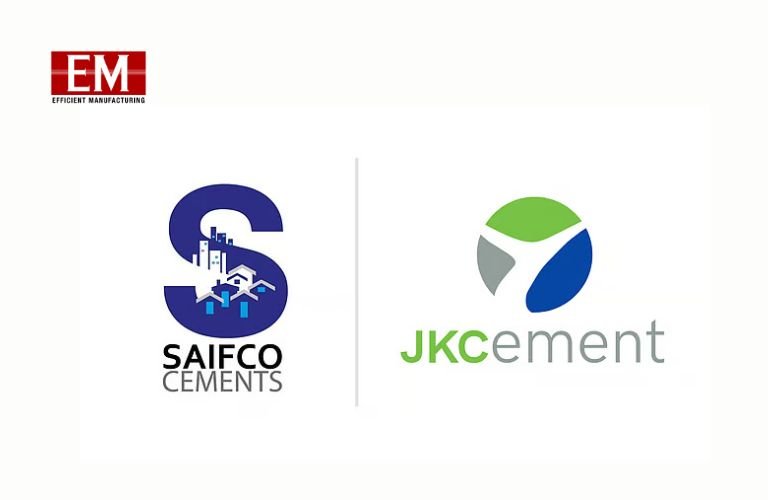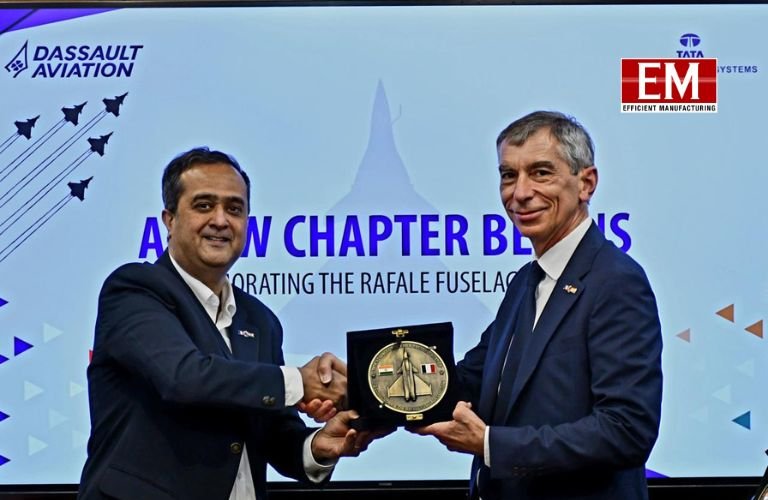| By- Jaideep Mirchandani, Group Chairman, Sky One
In the dynamic world of aviation, staying ahead of the curve is essential for success and most of the innovation happens away from the traveler’s curious eyes. Maintenance, Repair, and Overhaul (MRO) services are pivotal in ensuring the safety and efficiency of aircraft. With the aviation industry’s continual growth, the need for more efficient MRO processes has become increasingly evident. Thankfully, technology is poised to make significant contributions. In this blog, we will explore the latest advancements in MRO technology and how they are positioned to enhance the efficiency of the aviation industry.
1. Predictive Maintenance
Gone are the days when aircraft maintenance was primarily reactive. Nowadays, predictive maintenance is transforming the landscape. By harnessing data from various sensors and systems installed on aircraft, MRO teams can predict when a component is likely to fail, facilitating proactive maintenance. This not only reduces downtime but also prevents costly in-flight issues.
Predictive maintenance represents a pivotal shift in the aviation industry’s approach to MRO. It’s not merely a technological advancement; it’s a game-changer that has far-reaching implications for safety, efficiency, and cost-effectiveness in aviation operations.
Traditionally, aircraft maintenance has been a reactive process, where components are replaced or repaired after they fail or reach a certain predetermined threshold. This approach often led to unexpected downtime, operational disruptions, and increased maintenance costs.
Predictive maintenance, however, turns this paradigm on its head. By harnessing the power of data analytics, sensors, and advanced algorithms, aviation companies can now anticipate when maintenance is needed, often long before a component shows any signs of failure.
2. Internet of Things (IoT) and Connectivity
IoT has made inroads into almost every industry, and aviation is no exception. IoT-driven MRO practices help airlines and aviation companies save on operational costs. By identifying maintenance needs in advance and preventing costly failures, airlines can better allocate their resources and reduce overall maintenance expenses. The integration of Internet of Things (IoT) technology and connectivity solutions has brought about a significant transformation in the Maintenance, Repair, and Overhaul (MRO) sector of the aviation industry. This convergence of technology and aviation operations has revolutionized how aircraft maintenance is conducted, enhancing efficiency, safety, and cost-effectiveness.
IoT sensors and devices are now embedded in aircraft components and systems, allowing for real-time monitoring of critical parameters. This means that MRO teams can track the condition of various parts, engines, and systems during flight and on the ground. Any anomalies or potential issues can be identified immediately, reducing the risk of unexpected breakdowns.
3. Big Data Analytics
The sheer volume of data generated by modern aircraft can be overwhelming, but it also presents an opportunity. Big data analytics tools are now capable of sifting through this vast sea of information to identify patterns, anomalies, and potential issues. This data-driven approach enables MRO teams to make informed decisions, optimize maintenance schedules, and reduce costs.
Big Data Analytics empowers MRO teams with actionable insights as Maintenance professionals can make informed decisions regarding component replacement, repair prioritization, and resource allocation based on data-driven analysis. This leads to more efficient use of resources and cost savings. Big Data Analytics helps enhance safety in MRO by identifying potential safety risks and trends. Analysis of maintenance data can lead to the development of proactive safety measures, reducing the likelihood of accidents and incidents.
4. Augmented Reality (AR) and Virtual Reality (VR)
AR and VR technologies are revolutionizing the way maintenance tasks are performed. These immersive technologies offer innovative solutions to improve training, streamline maintenance processes, and enhance safety. Technicians can wear AR glasses or use VR simulations to access detailed information about aircraft components, facilitating repairs and inspections with greater precision. This not only enhances the speed and accuracy of MRO but also improves training programs for maintenance personnel.
AR is especially valuable in providing remote assistance to on-site technicians. Using AR glasses or devices, technicians can access real-time information, schematics, and step-by-step instructions overlaid onto their field of view. This enables them to perform complex maintenance tasks with expert guidance from remote specialists, reducing downtime and errors.
5. 3D Printing
The advent of 3D printing has transformed the manufacturing and replacement of aircraft components. Instead of waiting for parts to be shipped, MRO facilities can now produce certain components on-site. This significantly reduces lead times and minimizes aircraft downtime, making operations more efficient and cost-effective. 3D printing offers innovative solutions to enhance efficiency, reduce downtime, and improve cost-effectiveness in aircraft maintenance and component replacement. 3D printing allows for the rapid production of prototypes and customized components. In MRO, this means that replacement parts can be quickly designed and manufactured to exact specifications, even for older aircraft models that may no longer have readily available spare parts in the market.
Another aspect with 3D printing is that the MRO facilities can maintain digital inventories of spare parts, only producing items when needed. This reduces the need for extensive physical inventories, freeing up storage space and reducing carrying costs.
6. Robotics
Robots and drones are increasingly used for inspections in areas that are difficult to access. These automated systems can perform thorough inspections more quickly and accurately than human technicians, reducing labor costs and improving safety. Robots can access difficult-to-reach areas, identify defects or damage, and provide real-time data to maintenance crews. This reduces the need for manual inspections, which can be time-consuming and risky.
Robots can also bridge the talent gap in the MRO, as they work continuously, allowing for round-the-clock MRO operations. This is particularly valuable for airlines that need to minimize aircraft downtime and maximize operational availability.
7. Blockchain for Supply Chain Management
Blockchain technology is enhancing transparency and traceability in the aviation supply chain. By recording every step of a component’s journey on an immutable ledger, stakeholders can verify the authenticity and condition of parts, thereby enhancing safety and efficiency. Blockchain’s ability to verify the authenticity and provenance of components ensures that only genuine and certified parts enter the MRO supply chain. This reduces the likelihood of using counterfeit parts in aircraft maintenance.
8. Artificial Intelligence (AI)
AI-powered predictive maintenance models analyze vast amounts of data from sensors, flight records, and historical maintenance data. These models can predict when specific components are likely to fail, allowing for proactive maintenance. By addressing issues before they become critical, airlines can reduce unplanned downtime and improve aircraft availability.
AI-driven inventory management systems can predict parts demand, helping MRO facilities maintain the right stock levels. This reduces excess inventory and carrying costs while ensuring that critical components are readily available. Also Natural Language Processing (NLP) can be used to improve communication and documentation processes. AI-driven chatbots and virtual assistants can assist maintenance personnel by providing instant access to manuals, troubleshooting guides, and maintenance records through natural language queries.
The aviation industry’s embrace of cutting-edge technologies is reshaping the MRO landscape and Indian Maintenance, Repair, and Overhaul (MRO) facilities can leverage advancements in technologies such as Artificial Intelligence (AI), Blockchain, 3D Printing, Robotics, and Augmented/Virtual Reality to enhance their operations and competitiveness in several ways to drive efficiency and safety improvements.
As these technologies continue to evolve, the Indian aviation sector should look forward to a future where maintenance is not just a cost but a strategic advantage, ensuring safe and efficient operations for years to come. By adopting these advanced technologies, Indian MROs can reduce operating costs, improve service quality, and enhance their competitiveness in the global aviation market. They can offer efficient and reliable MRO services that meet international standards.








